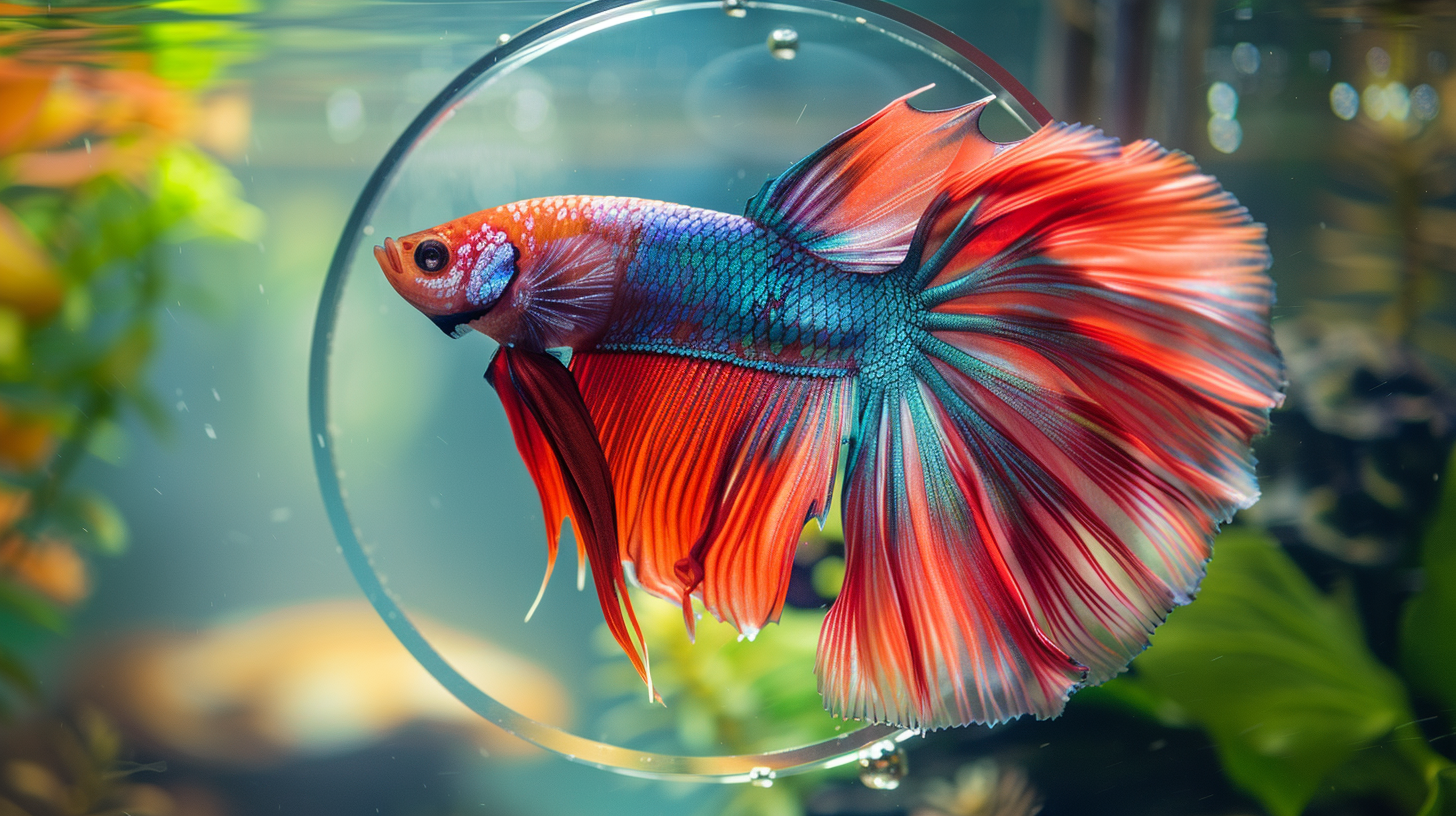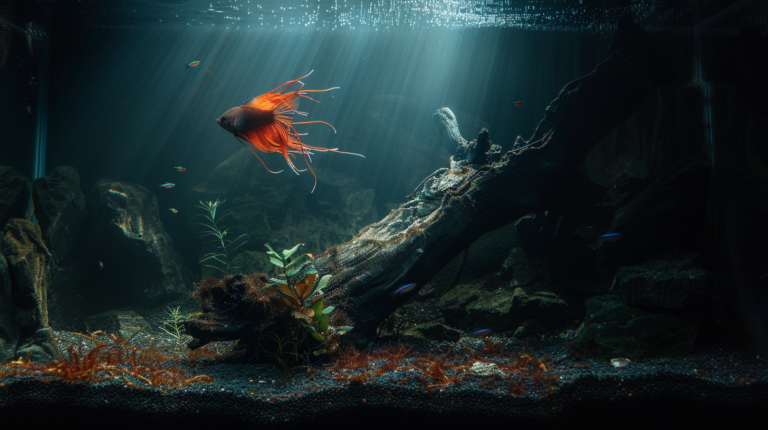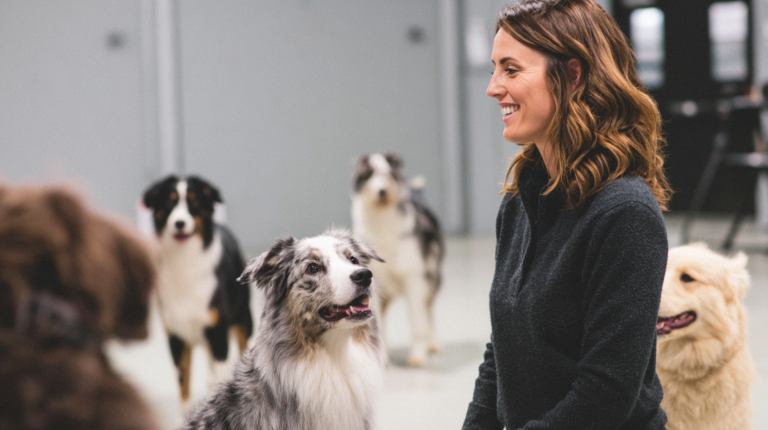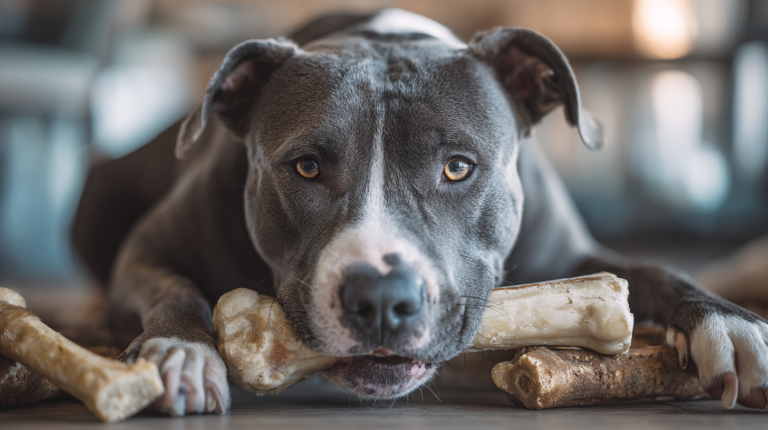Discover amazing betta fish training techniques! Learn 3 simple tricks to teach your betta fish today. Expert tips for interactive pet care and fish enrichment.
Table of Contents
Did you know that your beautiful betta fish is capable of learning tricks just like a dog or cat? Betta fish training is not only possible but also incredibly rewarding for both you and your aquatic companion. These intelligent creatures, scientifically known as Betta splendens, possess remarkable cognitive abilities that allow them to recognize their owners, learn routines, and even perform simple tricks on command.
Many pet owners are surprised to discover that bettas can be trained to swim through hoops, follow your finger, and even play simple games. This interactive approach to fish care not only provides mental stimulation for your betta but also strengthens the bond between you and your pet. In fact, research published in the journal Animal Cognition demonstrates that fish possess cognitive abilities previously thought to exist only in higher vertebrates, including memory formation and problem-solving skills.
Training your betta fish offers numerous benefits beyond entertainment. It provides essential mental enrichment, reduces stress-related behaviors, promotes physical exercise, and can help identify potential health issues early when your fish’s responsiveness changes. Whether you’re a seasoned aquarist or a new betta owner, these training techniques will transform your daily fish care routine into an engaging, interactive experience.
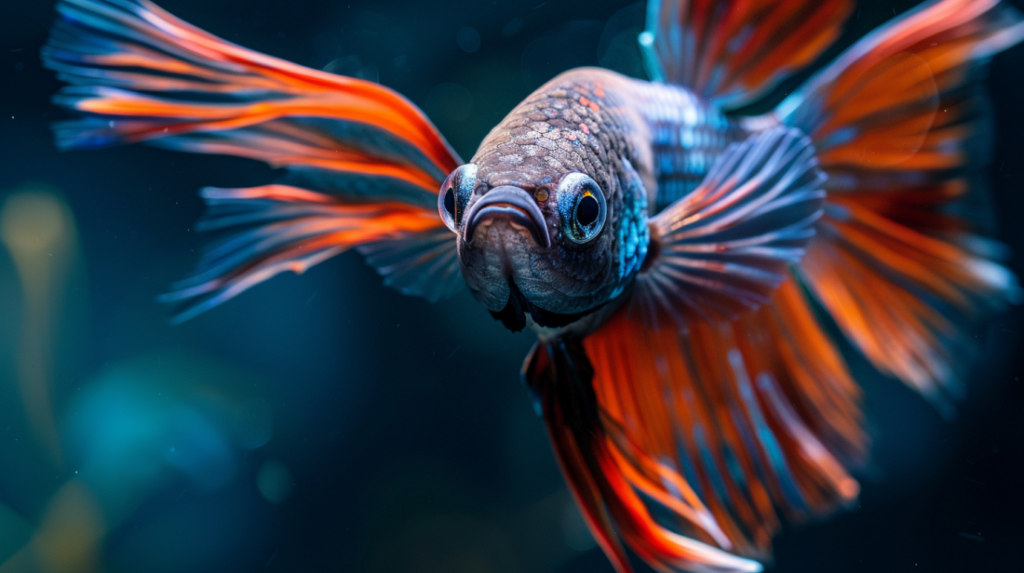
Understanding Your Betta’s Intelligence and Learning Capacity
Before diving into specific training techniques, it’s crucial to understand just how intelligent betta fish truly are. According to Dr. Culum Brown, a fish cognition researcher at Macquarie University, “Fish are far more cognitively competent than we give them credit for.” Bettas demonstrate several key cognitive abilities that make training possible:
Memory and Recognition Skills Bettas can remember and recognize their owners, often swimming excitedly to the front of the tank when their primary caregiver approaches. They can distinguish between different people and may show varying levels of enthusiasm based on who’s feeding them or interacting with them.
Spatial Learning These fish demonstrate impressive spatial memory, learning the layout of their environment and remembering the locations of food sources, hiding spots, and territorial boundaries. This ability forms the foundation for more complex trick training.
Pattern Recognition Bettas excel at recognizing patterns and routines. They quickly learn feeding schedules and can anticipate meal times, often gathering at their usual feeding spot well before food arrives.
Problem-Solving Abilities Research has shown that bettas can navigate simple mazes and solve basic problems to obtain food rewards. This cognitive flexibility is essential for successful training outcomes.
The key to successful betta fish training lies in understanding these natural abilities and working with them rather than against them. Unlike mammals, fish learn through different mechanisms, relying heavily on visual cues and environmental stimuli rather than auditory commands.
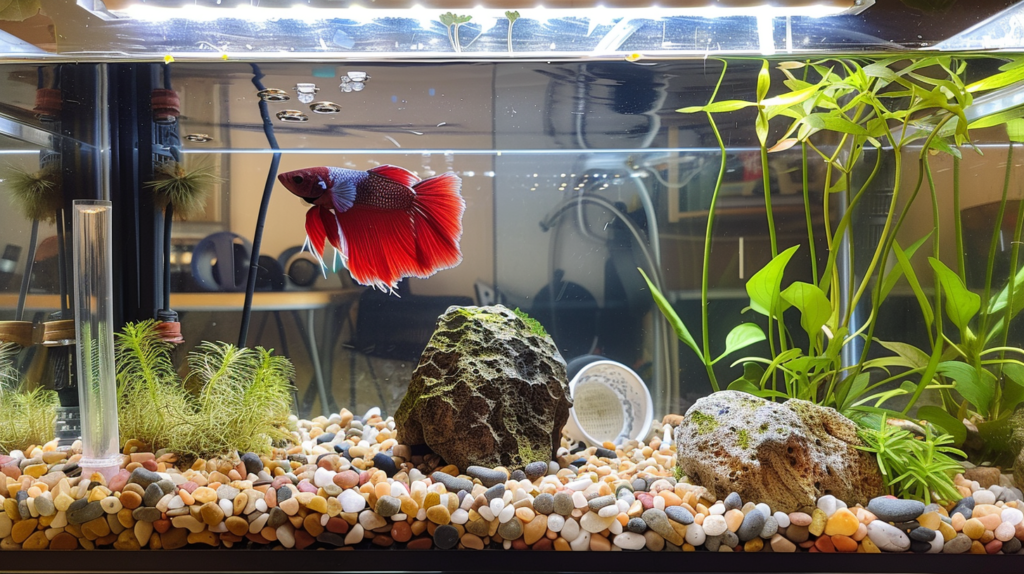
Essential Prerequisites for Successful Betta Fish Training
Optimal Tank Environment
Creating the right environment is fundamental to successful betta fish training. Your betta needs to feel secure and stress-free to engage in learning activities effectively.
Water Quality Standards:
- Temperature: 76-82°F (24-28°C)
- pH level: 6.5-7.5
- Ammonia and nitrite levels: 0 ppm
- Nitrate levels: Below 20 ppm
Tank Size and Setup: A minimum 5-gallon tank provides adequate space for training activities. Larger tanks (10+ gallons) are ideal as they offer more room for complex tricks and reduce stress. Include gentle filtration, appropriate lighting, and hiding spots to create a comfortable environment.
Visual Barriers and Landmarks: Place distinct visual markers around the tank such as colorful decorations, plants, or training props. These landmarks help your betta navigate during training exercises and serve as reference points for trick performance.
Timing and Scheduling
Pre-Feeding Training Sessions Conduct training sessions 30-60 minutes before regular feeding times when your betta is naturally more motivated and alert. Hungry fish are more responsive to food-based rewards and show greater engagement in training activities.
Session Duration Keep initial training sessions brief (3-5 minutes) to prevent exhaustion and maintain your betta’s interest. As your fish becomes more comfortable with training, you can gradually extend sessions to 10-15 minutes.
Consistency is Key Establish a regular training schedule, ideally once or twice daily at the same times. Consistent timing helps your betta anticipate training sessions and improves learning outcomes.
Training Tools and Rewards
Food Rewards:
- High-quality betta pellets (primary reward)
- Freeze-dried bloodworms (high-value treat)
- Frozen brine shrimp (occasional special reward)
- Daphnia (excellent motivation tool)
Training Props:
- Small hoops (plastic or metal, 2-3 inches diameter)
- Colored targets (small plastic discs or balls)
- Feeding tweezers or sticks
- Mirrors (use sparingly and briefly)
Visual Cues: Develop consistent hand signals and movements. Bettas respond well to slow, deliberate gestures and can learn to associate specific movements with different commands or tricks.
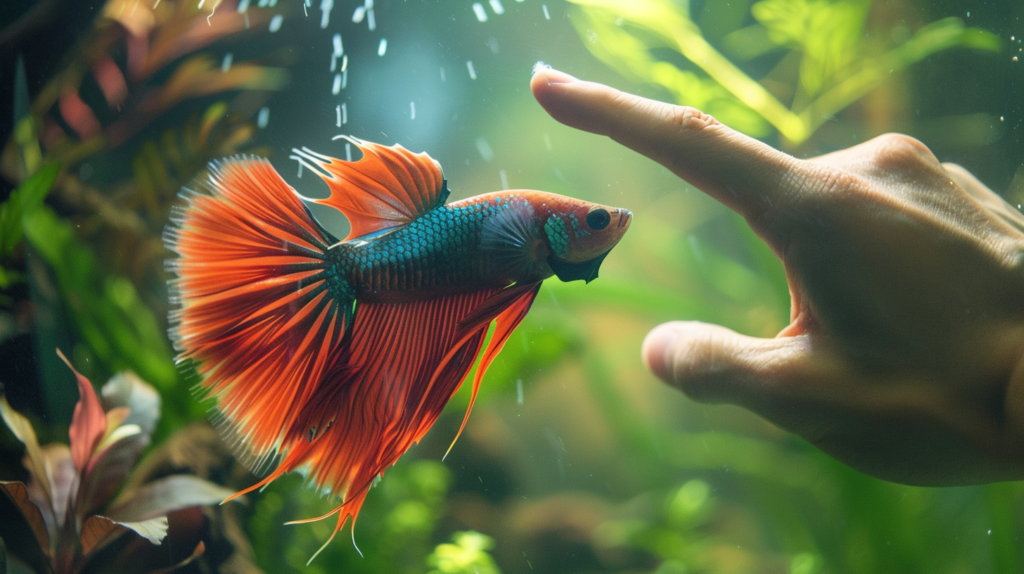
Trick #1: Teaching Your Betta to Follow Your Finger
The finger-following trick serves as an excellent foundation for more advanced training techniques. This simple yet impressive trick demonstrates your betta’s ability to recognize and respond to visual cues while providing gentle exercise.
Step-by-Step Training Process
Week 1: Initial Contact and Interest Building
Day 1-2: Begin by simply placing your index finger against the outside of the tank glass. Move it slowly along the glass surface, allowing your betta to notice and investigate. Many bettas will naturally show curiosity about movement outside their tank.
Day 3-4: Once your betta shows interest in your finger movement, begin rewarding this attention with small food treats. Drop a single pellet into the tank immediately after your betta approaches your finger.
Day 5-7: Gradually increase the distance your finger travels along the glass. Start with short 2-3 inch movements and extend to longer paths as your betta consistently follows.
Week 2: Establishing Clear Patterns
Continue the finger-following exercises but introduce more complex patterns. Draw figure-8s, zigzags, and circular motions against the glass. Your betta should begin anticipating your movements and swimming ahead to where your finger is headed.
Week 3: Advanced Following Techniques
Introduce vertical movements, having your betta follow your finger up and down the tank walls. This adds a three-dimensional element to the trick and provides more comprehensive exercise.
Troubleshooting Common Challenges
Lack of Interest: If your betta seems uninterested, ensure you’re training during pre-feeding times when motivation is highest. Also, check that your movements are slow enough for your betta to track easily.
Inconsistent Following: Some bettas may follow sporadically. Increase the value of your rewards by using freeze-dried bloodworms instead of regular pellets. Consistency in your own movements is also crucial.
Distraction Issues: Remove other stimuli during training sessions. Turn off tank lights except for essential illumination, and ensure no other people or pets are moving around the training area.
Training Variations and Advanced Techniques
Multi-Directional Following: Once your betta masters basic finger following, introduce diagonal movements and rapid direction changes. Advanced bettas can learn to follow complex patterns and even simple “dance” routines.
Distance Training: Gradually move your finger further from the glass surface. Some bettas can learn to follow movements made 6-12 inches away from the tank, demonstrating impressive visual acuity.
Speed Variations: Alternate between slow, medium, and quick movements to keep your betta engaged and provide varying levels of exercise intensity.
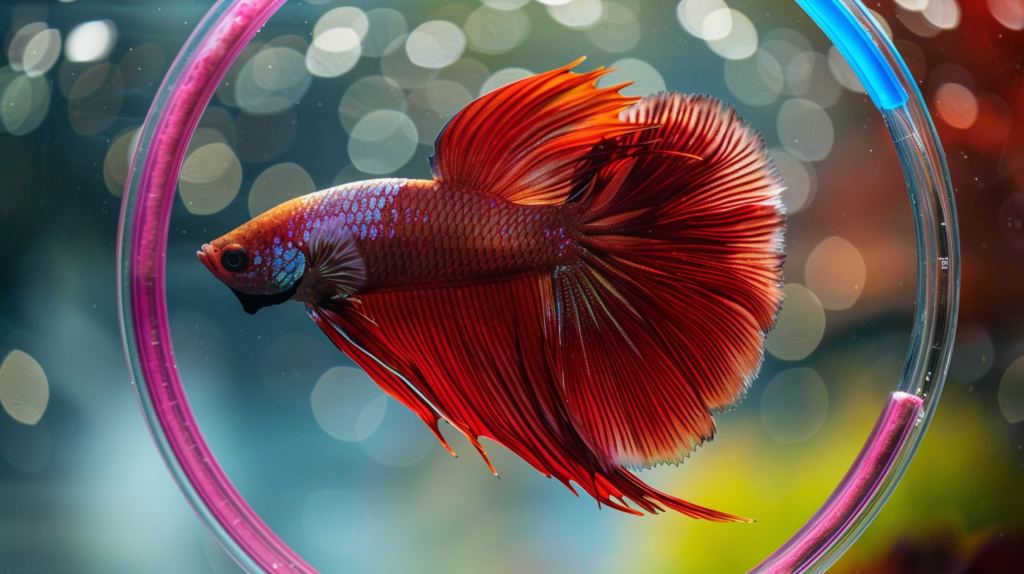
Trick #2: Swimming Through Hoops
Hoop swimming represents one of the most visually impressive betta fish training tricks and provides excellent physical exercise for your aquatic pet. This trick builds upon the foundation established through finger-following training and introduces your betta to interacting with physical objects in their environment.
Selecting and Preparing Training Hoops
Hoop Specifications: Choose hoops with a 2-3 inch diameter for optimal results. The opening should be large enough for comfortable swimming but small enough to represent a clear target. Plastic rings from craft stores, small embroidery hoops, or specially designed aquarium training hoops work well.
Material Considerations: Ensure all materials are aquarium-safe and non-toxic. Avoid painted or treated metals that could leach harmful chemicals into the water. Smooth plastic or stainless steel options are ideal choices.
Positioning and Setup: Attach the hoop to a long handle (aquarium-safe stick or rod) to allow easy positioning within the tank without disturbing your betta. The handle should be long enough to reach the tank bottom while keeping your hand outside the water.
Progressive Training Method
Phase 1: Hoop Introduction (Days 1-5) Begin by simply placing the hoop in the tank during feeding times, allowing your betta to become familiar with its presence. Position the hoop near the surface where your betta naturally swims, but don’t expect any interaction yet.
Feed your betta near the hoop location to create positive associations. Many bettas will naturally swim around or investigate the new object, which should be rewarded immediately with food treats.
Phase 2: Guided Swimming (Days 6-12) Hold the hoop in the water and use your finger on the outside of the glass to guide your betta toward the hoop opening. When your betta swims near or through the hoop (even accidentally), provide immediate food rewards.
Gradually position the hoop so your betta must swim through it to reach their regular feeding spot. This creates a natural motivation to use the hoop passage.
Phase 3: Command-Based Swimming (Days 13-21) Introduce a visual cue such as pointing at the hoop or tapping gently on the glass near it. Consistency in your signal is crucial for your betta to learn the association between the cue and the desired behavior.
Practice the complete sequence: give the visual cue, wait for your betta to swim through the hoop, then immediately provide a food reward. Repeat this process 5-10 times per training session.
Advanced Hoop Training Techniques
Multiple Hoop Sequences: Once your betta masters single-hoop swimming, introduce sequences using multiple hoops at different depths and angles. Start with two hoops positioned 3-4 inches apart and gradually increase complexity.
Timed Challenges: Advanced bettas can learn to swim through hoops within specific time limits, adding an element of speed and precision to their performance.
Directional Swimming: Train your betta to swim through hoops in specific directions (left to right, top to bottom) by positioning rewards strategically and using directional finger cues.
Safety Considerations and Best Practices
Monitoring Stress Levels: Watch for signs of stress such as rapid gill movement, color fading, or erratic swimming patterns. If these occur, reduce training intensity and provide additional rest periods.
Water Quality Maintenance: Training activities can slightly increase waste production due to extra feeding. Monitor water parameters more frequently and perform partial water changes as needed.
Gradual Progression: Never rush the training process. Some bettas learn quickly while others need several weeks to master each phase. Patience and consistency yield the best long-term results.

Trick #3: Target Training and Color Recognition
Target training represents the most sophisticated form of betta fish training covered in this guide, combining visual recognition, spatial navigation, and decision-making skills. This advanced technique demonstrates your betta’s remarkable cognitive abilities while providing intense mental stimulation.
Understanding Color Recognition in Bettas
Bettas possess tetrachromatic vision, meaning they can see four different types of color receptors compared to humans’ three. This enhanced color perception allows them to distinguish between subtle color variations that might appear identical to human eyes.
Research conducted by Dr. Theresa Burt de Perera at Oxford University found that fish can discriminate between different colors with remarkable accuracy, making color-based training highly effective for bettas.
Optimal Training Colors:
- Red: Highly visible and often triggers natural responses
- Blue: Contrasts well with most tank environments
- Yellow: Easily distinguishable and attention-grabbing
- Green: Natural color that doesn’t overstimulate
Target Training Setup and Equipment
Creating Effective Targets: Use colored plastic discs, ping-pong balls cut in half, or specialized aquarium training targets. Each target should be approximately 1-2 inches in diameter and feature bright, contrasting colors.
Target Positioning System: Develop a consistent method for positioning targets within the tank. Suction cup holders, magnetic mounts, or weighted stands allow for precise target placement and easy repositioning.
Reward Delivery System: Establish a reliable method for delivering food rewards immediately after successful target touches. Feeding tweezers or target sticks with small food compartments work effectively.
Comprehensive Training Protocol
Foundation Phase (Week 1-2): Single Target Recognition
Begin with one target color, typically red or blue for maximum visibility. Position the target in the same location each training session, usually mid-tank at a comfortable swimming depth for your betta.
During feeding times, hold food near the target until your betta approaches. The moment your betta touches or bumps the target, immediately release the food reward. Repeat this process 8-10 times per session.
Gradually move the food reward closer to the target until your betta must make deliberate contact to receive food. This process typically takes 5-7 days of consistent training.
Discrimination Phase (Week 3-4): Multiple Target Introduction
Introduce a second target of a different color, positioning both targets at opposite sides of the tank. Consistently reward only touches to the “correct” target (choose one color as always correct).
This phase challenges your betta’s decision-making abilities and color discrimination skills. Many bettas initially touch both targets randomly before learning to identify the rewarded color.
Advanced Recognition Phase (Week 5-6): Complex Patterns
Introduce multiple targets of different colors and establish more complex rules. For example, reward red target touches in the morning and blue target touches in the evening, or create sequences where specific color combinations yield rewards.
Training Variations and Challenges
Sequential Target Training: Teach your betta to touch targets in specific sequences. Start with simple two-target patterns (red then blue) and progress to more complex chains involving three or more targets.
Spatial Pattern Recognition: Position targets in geometric patterns (triangle, square, line) and train your betta to follow specific paths or touch targets in particular orders based on their spatial arrangement.
Conditional Target Training: Develop scenarios where target rewards depend on environmental conditions. For example, different colored targets might be “active” based on lighting conditions or time of day.
Measuring Training Success and Progress
Performance Metrics: Track your betta’s success rate by recording the percentage of correct target touches per session. Successful training typically shows 70-80% accuracy rates within 3-4 weeks.
Response Time Measurement: Monitor how quickly your betta responds to target presentations. Trained bettas should show interest and approach targets within 10-15 seconds of presentation.
Retention Testing: Periodically test your betta’s memory by skipping training sessions for 2-3 days, then observing whether learned behaviors persist. Good retention indicates successful long-term learning.
Advanced Training Tips and Techniques
Environmental Enrichment Integration
Successful betta fish training extends beyond individual tricks to encompass comprehensive environmental enrichment. Creating a stimulating, ever-changing environment enhances your betta’s natural behaviors and maintains their interest in training activities.
Rotating Training Props: Introduce new objects regularly to prevent habituation and boredom. Rotate between different colored targets, various hoop sizes, and novel obstacles to keep training sessions fresh and engaging.
Natural Behavior Integration: Incorporate training elements that align with natural betta behaviors. Use training props that encourage natural exploration, territory establishment, and foraging behaviors.
Seasonal Training Variations: Modify training routines based on seasonal changes in lighting and temperature. Bettas may show varying energy levels and learning capacities throughout different times of the year.
Troubleshooting Training Challenges
Addressing Learning Plateaus: When progress stalls, evaluate your training approach for potential improvements. Consider adjusting reward timing, changing training locations within the tank, or introducing entirely new challenges to reignite interest.
Managing Aggressive Responses: Some bettas may show territorial aggression toward training props. Use this natural behavior constructively by incorporating controlled aggression displays as training elements, always ensuring the fish’s stress levels remain manageable.
Dealing with Distractions: External stimuli can significantly impact training effectiveness. Minimize reflections, sudden movements, and noise during training sessions. Consider using training screens or barriers to create focused learning environments.
Health Monitoring During Training
Physical Condition Assessment: Regular training provides excellent opportunities to monitor your betta’s physical health. Watch for changes in swimming patterns, color intensity, appetite, and overall responsiveness that might indicate health issues.
Behavioral Health Indicators: Trained bettas typically display increased alertness, more active swimming patterns, and enhanced interaction with their environment. Declining performance in previously mastered tricks can signal underlying health problems.
Exercise Balance: While training provides beneficial exercise, monitor your betta for signs of over-exertion. Excessive panting (rapid gill movement), floating difficulties, or reluctance to participate may indicate the need for reduced training intensity.
Creating Training Schedules and Routines
Daily Training Structure
Morning Sessions (Pre-Breakfast): Conduct primary training sessions in the morning when bettas typically show peak alertness and hunger motivation. Focus on learning new skills or practicing challenging techniques during these high-energy periods.
Evening Sessions (Pre-Dinner): Use evening sessions for reinforcement of previously learned behaviors and lighter training activities. This timing helps establish consistent routines while providing mental stimulation throughout the day.
Rest Day Planning: Incorporate 1-2 rest days per week to prevent training burnout and allow for behavioral consolidation. Use rest days for tank maintenance, health assessments, and passive observation of natural behaviors.
Long-Term Training Progression
Monthly Skill Assessment: Evaluate your betta’s progress monthly by testing all learned behaviors and documenting performance levels. This assessment helps identify areas needing additional attention and celebrates achievements.
Seasonal Training Adaptations: Modify training intensity and focus based on seasonal changes in your betta’s behavior and energy levels. Many bettas show increased activity during warmer months and may benefit from more intensive training during these periods.
Advanced Challenge Introduction: As your betta masters basic skills, gradually introduce more complex challenges that combine multiple learned behaviors. This progression maintains engagement and continues cognitive development.
Building Stronger Human-Betta Bonds Through Training
Betta fish training creates unprecedented opportunities for meaningful interaction between you and your aquatic companion. Unlike traditional fish-keeping, which often involves minimal direct interaction, training establishes a communication system that strengthens the human-animal bond.
Recognition and Response Development
Through consistent training interactions, bettas develop sophisticated recognition abilities that extend far beyond simple food association. Trained bettas often display excitement when their primary trainer approaches, swimming to the front of the tank and performing learned behaviors spontaneously.
This recognition creates a feedback loop where positive interactions encourage more engagement from both the fish and the trainer, leading to increasingly complex communication patterns and deeper bonds.
Emotional Benefits for Pet Owners
Training sessions provide structured opportunities for stress relief and mindfulness practice. The focused attention required for effective fish training naturally creates meditative states that can reduce anxiety and promote relaxation.
Many betta trainers report increased satisfaction with their pet ownership experience, feeling more connected to their fish and more confident in their ability to provide comprehensive care.
Social Benefits and Community Building
Sharing training videos and experiences with other betta enthusiasts creates opportunities for community building and knowledge exchange. Social media platforms and aquarium forums provide venues for showcasing training achievements and learning from other trainers’ experiences.
This community aspect transforms solo pet ownership into a shared hobby with educational and social benefits extending well beyond individual fish care.
Safety Considerations and Ethical Training Practices
Stress Recognition and Management
Visual Stress Indicators:
- Color fading or darkening
- Clamped fins held close to the body
- Rapid or labored breathing
- Erratic swimming patterns
- Loss of appetite or reduced responsiveness
Behavioral Stress Signs:
- Hiding more frequently than usual
- Decreased interaction with training props
- Aggressive responses to previously neutral stimuli
- Changes in sleep patterns or activity levels
Ethical Training Boundaries
Respecting Natural Behaviors: Effective betta fish training works with natural behaviors rather than forcing unnatural actions. All training techniques should enhance rather than suppress your betta’s natural instincts and behavioral patterns.
Avoiding Over-Stimulation: While mental stimulation benefits bettas, excessive training can cause stress and behavioral problems. Maintain balance between training activities and quiet time for natural behaviors and rest.
Individual Variation Recognition: Each betta possesses unique personality traits and learning capabilities. Adjust training expectations and methods based on your individual fish’s responses and preferences rather than forcing universal approaches.
Frequently Asked Questions (FAQ)
How long does it take to train a betta fish?
Most bettas begin showing basic responses to training within 1-2 weeks of consistent daily sessions. Simple tricks like finger following typically develop within 2-3 weeks, while more complex behaviors like target training may require 4-6 weeks or longer. Individual learning rates vary significantly based on the fish’s age, health, previous experiences, and natural aptitude. Younger bettas often learn faster than older fish, but mature bettas may demonstrate better retention of learned behaviors.
Can all betta fish be trained, or do some lack the intelligence?
All healthy bettas possess the cognitive capacity for basic training, though individual aptitude and interest levels vary considerably. Factors affecting trainability include genetics, early life experiences, current health status, and environmental conditions. Some bettas show immediate enthusiasm for training activities, while others require more patience and modified approaches. Fish with compromised health, advanced age, or previous trauma may show reduced learning capacity, but most can still benefit from simple enrichment activities.
What should I do if my betta seems afraid of training props?
Gradual desensitization is key when dealing with prop-shy bettas. Start by placing new objects outside the tank where your betta can observe them without direct contact. Once the fish shows calm acceptance, move props to the tank edge, then gradually introduce them to the water during non-training times. Always pair prop exposure with positive experiences like feeding. Some bettas need several days or weeks to accept new objects, so patience is essential. Never force interactions, as this can create lasting negative associations.
Is betta fish training safe, and can it cause stress?
When conducted properly, betta fish training enhances wellbeing rather than causing harmful stress. Training provides mental stimulation, physical exercise, and environmental enrichment that improve quality of life. However, excessive training, inappropriate techniques, or ignoring stress signals can cause problems. Safe training involves short sessions, positive reinforcement, gradual progression, and constant monitoring of your betta’s stress levels. Stop training immediately if you notice stress indicators and consult aquarium professionals if concerns persist.
How often should I train my betta fish?
Optimal training frequency is once or twice daily for 5-15 minutes per session, depending on your betta’s age, health, and interest level. Most bettas benefit from morning and evening sessions timed before regular feeding. Include 1-2 rest days per week to prevent burnout and allow for behavioral consolidation. Adjust frequency based on your fish’s responses – some may thrive with daily training while others prefer less frequent sessions. Consistency matters more than frequency, so maintain regular schedules whatever timing you choose.
Can I train multiple bettas together, or should it be individual?
Bettas must be trained individually due to their territorial nature and aggressive tendencies toward other bettas. Housing multiple bettas together causes extreme stress and often leads to injury or death. However, you can train multiple bettas in separate tanks using similar techniques. Some trainers manage several bettas simultaneously by moving between tanks during training sessions. Each fish should have its own tank, training props, and individualized training program based on its unique personality and learning pace.
For more expert pet care tips and product recommendations, visit BlithePet.com — your trusted source for pet wellness.
Conclusion
Betta fish training opens an exciting world of interactive pet care that transforms the traditional aquarium experience into an engaging, educational journey. Through the three fundamental techniques covered in this guide – finger following, hoop swimming, and target training – you can unlock your betta’s remarkable cognitive potential while strengthening the bond between you and your aquatic companion.
The benefits of training extend far beyond entertainment value. Regular training sessions provide essential mental stimulation, promote physical exercise, and create opportunities for early health problem detection. As you implement these techniques, you’ll discover that your betta possesses intelligence and personality traits that rival those of more traditional pets.
Remember that successful training requires patience, consistency, and respect for your betta’s individual learning style and natural behaviors. Start with simple techniques and gradually progress to more complex challenges as your fish demonstrates mastery and enthusiasm. Always prioritize your betta’s wellbeing over training goals, and never hesitate to adjust your approach based on your fish’s responses.
The journey of training your betta fish will reward you with countless hours of fascination as you witness your pet’s learning progress and personality development. Each successful trick mastered represents a milestone in your shared relationship and a testament to the remarkable intelligence of these beautiful aquatic creatures.
Have a similar experience with your pet? Share it in the comments below!

